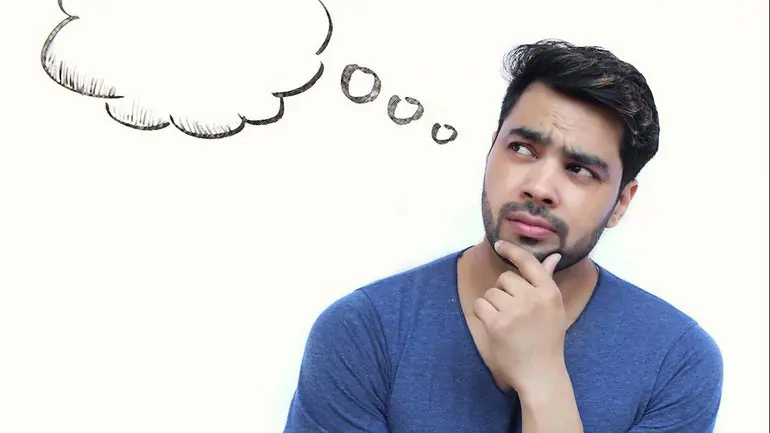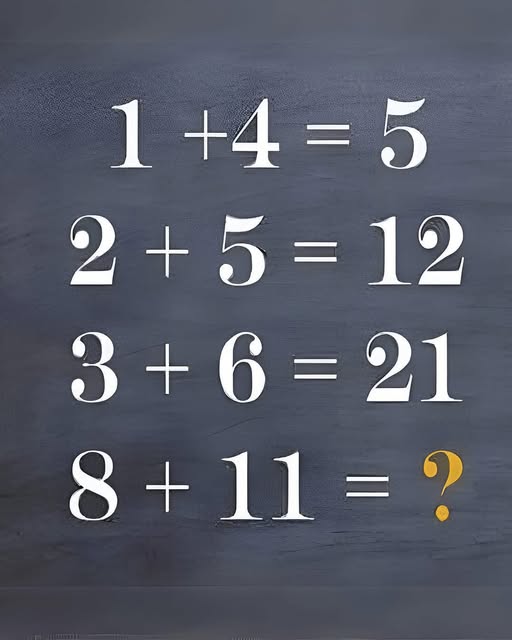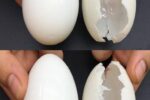Viral math riddle that challenges your logic: can you get it right?
At first glance, it seems like a simple math problem. You glance at it, quickly add up the numbers, and… surprise!
The result makes no sense at all.
This is exactly the kind of riddle that easily goes viral on social media, sparking heated discussions and stimulating our curiosity.
Check out this challenge:
- 1 + 4 = 5
- 2 + 5 = 12
- 3 + 6 = 21
- 8 + 11 = ?
Sounds strange, doesn’t it? If you’re already racking your brain trying to figure out the pattern, you’re not alone! Let’s solve this mystery together.
Why is this challenge so successful?
These little puzzles have great appeal precisely because they blend apparent simplicity with subtle complexity.
Plus, they’re a great way to test your logical thinking while having fun, creating friendly competition with your friends and family.
Now, let’s get down to business: understanding the reasoning behind this strange sequence of numbers.

Unraveling the enigma step by step
The big key to solving this challenge is realizing that each result depends on the previous sum:
- Line 1: 1 + 4 = 5 (normal so far)
- Line 2: 2 + 5 = 7; now add this result to the previous one (7 + 5 = 12)
- Line 3: 3 + 6 = 9; add again to the previous result (9 + 12 = 21)
- Line 4: 8 + 11 = 19; add to the previous result (19 + 21 = 40)
Therefore, the correct answer to “8 + 11” in this challenge is 40 .
Why do we love this kind of challenge?
More than just a simple math exercise, this type of puzzle practices something we call pattern recognition. It’s a fun mental exercise that helps keep our brains sharp. And let’s be honest: finding the answer gives a delicious feeling of victory!
Furthermore, these challenges are perfect reminders that not everything is as it seems at first glance. Sometimes the solution to a problem is right there, we just need to look at it from a different angle.
FAQ: Common questions about viral math challenges
How do these math puzzles work?
They are usually based on recognizing hidden patterns in seemingly simple sequences, requiring logical reasoning rather than complex calculations.
Do these challenges really exercise your brain?
Yes! Solving puzzles improves logical reasoning, concentration, and can even help prevent cognitive decline.
What is the correct answer to this specific riddle?
The correct answer is 40, found by adding the current result to the result of the previous row.

The pleasure of discovering something new
These little riddles are more than just pastimes: they’re a reminder to always look beyond the obvious.
What about you? Did you get the answer right away or did you need to think a little more?



